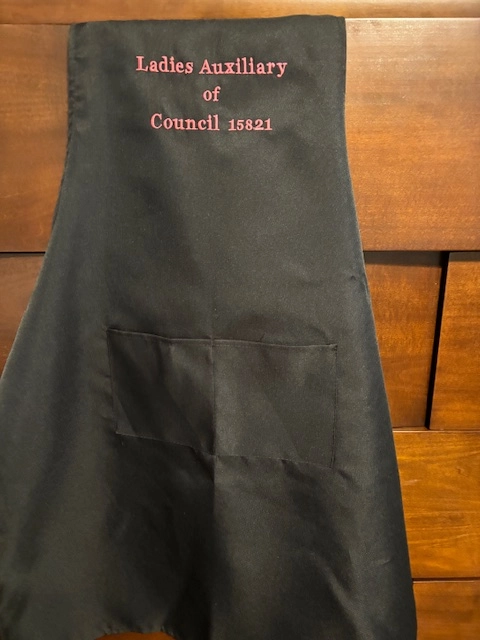The Art of Custom-made Embroidery: Unlocking the Tricks to Creating Unique and Memorable Styles
Needlework, a craft soaked in practice and virtuosity, holds within its detailed stitches the power to change textile into a canvas of distinct expression. The keys to developing custom needlework layouts that captivate the eye and leave an enduring impression hinge on a delicate equilibrium of method, creative thinking, and attention to information. As we explore the world of custom needlework, we discover the nuanced interplay in between string choice, stitch intricacy, and layout customization that elevates a simple garment to a masterpiece. Join us on a journey via the art of custom embroidery as we unwind the mysteries behind crafting really extraordinary and distinctive creations.
Selecting the Right Embroidery Threads
When selecting needlework threads, what vital aspects should you consider to make certain the most effective outcomes for your customized layouts? The option of needlework thread is essential in identifying the last result of your stitched design. Among the main factors to consider is the material of the thread. Different products such as cotton, polyester, rayon, and silk offer varying degrees of sheen, resilience, and structure. It is necessary to choose a thread product that enhances the fabric you are embroidering on and lines up with the preferred appearance of the layout.
Thicker threads can include dimension and texture to your design, while finer strings are perfect for complex details and little message. Additionally, considering the color fastness and washability of the string is crucial to make sure that your customized designs keep their top quality and vibrancy over time.
Discovering Different Stitch Methods
To dig right into the realm of 'Exploring Different Stitch Strategies', one should comprehend the intricacies and subtleties that each stitching technique brings to the art of needlework. Various stitch techniques not just include visual rate of interest but likewise add to the total appearance and dimension of the style. One prominent stitch method is the satin stitch, which entails closely packed parallel stitches to develop a smooth and glossy surface area, perfect for filling out shapes and developing vibrant describes.
On the other hand, the backstitch is a versatile method commonly made use of for detailing and adding great information. It entails stitching backward to create a solid line of needlework. Furthermore, the French knot stitch includes a tactile element to designs, ideal for producing distinctive accents like flower facilities or attractive touches.
Exploring different stitch methods enables embroiderers to play with light, shadow, and deepness within their designs, elevating the aesthetic charm and artistic quality of their needlework jobs. By understanding different stitching techniques, one can unlock countless possibilities for creating special and memorable customized needlework items.
Incorporating Personalized Style Components
Having actually explored the intricacies of various stitch strategies such as the satin stitch, backstitch, and French knot, the focus now changes towards integrating individualized layout elements in customized needlework jobs. Individualized design components play a critical duty in making needlework projects absolutely distinct and unforgettable.
Another way to include individualized layout components is by including signs or themes that hold special meaning to the recipient or show their interests and character. Integrating a favored flower, pet, or hobby-related icon can make the needlework layout extra purposeful and individualized. Additionally, selecting shades that reverberate with the recipient or line up with the desired theme can even more boost the personalization of the embroidery project.
Grasping the Art of Color Coordination

One key element of color sychronisation is understanding shade concept. This consists of recognizing how various colors engage with each various other, the feelings they convey, and just how they can be combined to create why not find out more visually attractive layouts. By using shade theory concepts, embroiderers can develop unified color schemes that enhance the total appearance of the design.
Additionally, taking notice of contrast is critical in shade control. Making use of contrasting shades can help specific components of the design pop, improve readability, and produce an aesthetically vibrant embroidery item. By mastering the art of shade sychronisation, embroiderers can elevate their styles and create unforgettable pieces that reverberate with customers and customers alike.
Enhancing Appearance With Advanced Embroidery Stitches
French knots, for example, are ideal for adding tiny, elevated dots to your layout, resembling the find more info look of grains or creating a distinctive surface area. Bullion knots, on the various other hand, can be made use of to produce twisted, ropelike aspects that add a luxurious feeling to the embroidery. Seed stitching entails small, scattered stitches that can fill out areas with a multicolor texture, while turkey work creates fluffy, dimensional accents evocative animal fur or foliage. Trying out these sophisticated embroidery stitches enables you to press the borders of traditional embroidery and develop genuinely distinct and visually appealing textures in your layouts.
Conclusion
To conclude, the art of custom-made needlework involves a mix of selecting the ideal strings, discovering various stitch methods, including personalized layout elements, mastering color control, and enhancing texture with innovative stitches. By comprehending and implementing these crucial elements, embroiderers can produce distinct and remarkable designs that display their creative thinking and ability. Embroidery enthusiasts can unlock the tricks to producing attractive and bespoke items that stand apart and leave an enduring impact.